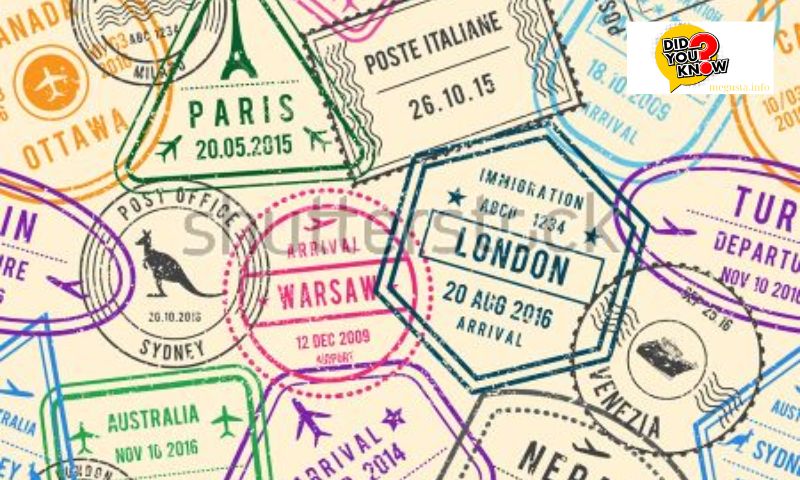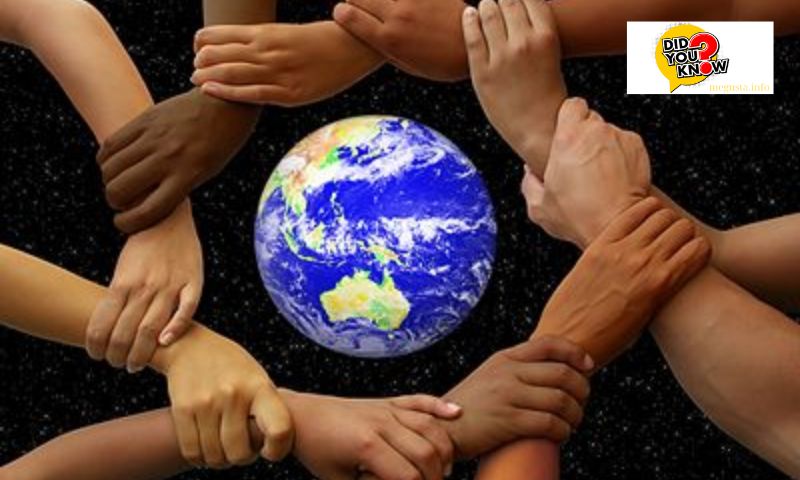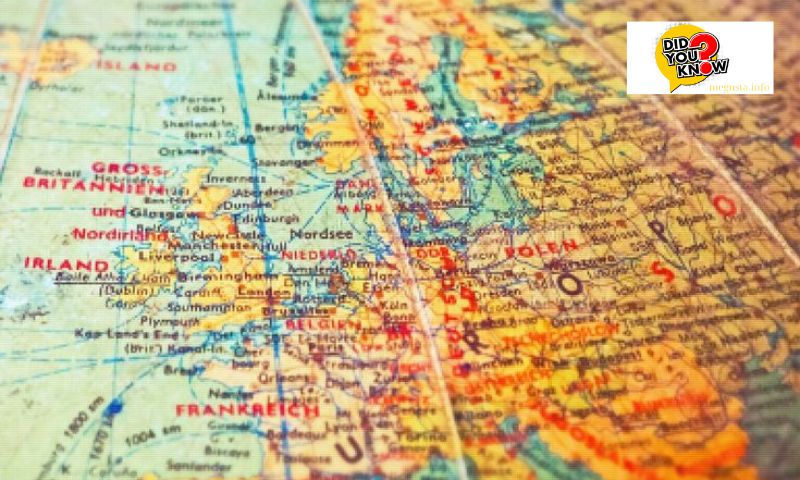Languages are among the most fundamental aspects of human culture and communication, reflecting the rich diversity of societies worldwide. The question “How many languages are there in the world?” sparks curiosity about the extent of linguistic diversity and the complexities involved in quantifying it. This article from megusta.info explores various dimensions of global languages, from definitions and estimations to their geographical distribution and cultural significance.
Definition and Scope

In the realm of linguistics, defining what constitutes a distinct language is crucial. Generally, a language is considered distinct if it has its own grammar, vocabulary, and structure, enabling communication among its speakers. Dialects and variations within languages are not typically counted as separate languages for global counts.
Estimating the Number

Estimating the total number of languages on Earth presents a formidable challenge, shaped by a multitude of factors ranging from linguistic isolation and cultural dynamics to the complexities of defining what constitutes a distinct language. Linguists and organizations such as UNESCO grapple with these challenges using diverse methodologies that include rigorous field surveys, intricate linguistic analyses, and meticulous examination of historical data.
One of the primary difficulties in language estimation arises from linguistic isolation. Many languages are spoken in remote and often inaccessible regions, where communities have developed distinct linguistic systems over centuries of geographical and cultural separation. Documenting these languages requires extensive fieldwork and collaboration with local communities to understand and categorize their unique linguistic structures.
Language endangerment further complicates the task. As globalization accelerates and dominant languages spread, smaller languages face increasing pressure and are at risk of extinction. UNESCO and linguistic experts monitor these endangered languages closely, seeking to document them before they vanish and implementing measures to preserve linguistic diversity through education and cultural revitalization initiatives.
The definition of what constitutes a separate language versus a dialect also influences estimates. Linguists apply various criteria, including mutual intelligibility and grammatical structure, to distinguish between languages and dialects. This process is not always straightforward and can lead to discrepancies in reported numbers based on different scholarly interpretations and linguistic frameworks.
Current estimates suggest a global linguistic landscape encompassing approximately 6,000 to 7,000 languages. However, these figures are not static, with ongoing debates and revisions spurred by new discoveries and enhanced documentation efforts in previously unexplored regions. Advances in technology, such as digital archives and linguistic databases, contribute significantly to these efforts by facilitating broader and more systematic data collection.
Despite the challenges and uncertainties inherent in language estimation, the endeavor remains crucial for understanding human cultural diversity and heritage. Each language represents a unique repository of knowledge, traditions, and ways of thinking that contribute to the richness of global culture. By preserving and celebrating linguistic diversity, societies can foster mutual understanding and respect among different communities, ensuring that the voices and identities embedded within languages endure for future generations.
Current Statistics
As of the latest available data, approximately 7,000 languages are recognized, but this number fluctuates due to language extinction and language revitalization efforts. The number of languages spoken can vary widely depending on factors such as political boundaries, migration patterns, and cultural assimilation. Historically, the number of languages has decreased significantly due to globalization, with many languages facing extinction.
Geographical Distribution

Languages exhibit a remarkably uneven distribution across continents and regions, showcasing a rich tapestry of linguistic diversity intertwined with cultural and geographical factors. Some areas stand out prominently for their linguistic richness. For instance, Papua New Guinea, a country in the southwestern Pacific Ocean, is renowned for harboring an astonishing diversity of languages, with over 800 distinct linguistic entities documented. This diversity is attributed to the country’s rugged terrain, which historically isolated communities and fostered the development of unique languages.
Similarly, certain parts of Africa and the Americas also boast significant linguistic diversity. In Africa, the continent’s vast expanse and diverse ecosystems have historically led to the emergence of numerous languages among its diverse ethnic groups. The Americas, too, from the indigenous communities of North America to the indigenous peoples of the Amazon rainforest, showcase a multitude of languages that reflect their deep-rooted cultural and historical legacies.
In stark contrast, regions characterized by large populations and dominant languages often experience a reduction in language variety. This phenomenon is primarily driven by assimilation processes and cultural hegemony. As societies urbanize and globalize, dominant languages associated with economic and political power tend to supplant smaller, minority languages. This process often results in language endangerment and, in some cases, extinction as communities shift towards languages perceived to offer greater social and economic opportunities.
The uneven distribution of languages worldwide underscores the complex interplay between geographical isolation, cultural diversity, and socio-economic dynamics. It highlights the importance of language preservation efforts and the need to recognize and value linguistic diversity as a cornerstone of humanity’s cultural heritage. Efforts to document, revitalize, and protect endangered languages are essential not only for maintaining cultural identities but also for fostering global understanding and appreciation of the rich tapestry of human expression.
Significance and Implications
Linguistic diversity plays a crucial role in preserving cultural heritage and identity. Each language embodies unique knowledge systems, oral traditions, and cultural practices that contribute to humanity’s collective heritage. However, many languages are endangered, facing the threat of extinction as globalization and urbanization accelerate. Efforts to preserve and revitalize endangered languages are essential for maintaining cultural diversity and linguistic resilience.
Conclusion
In conclusion, the question “How many languages are there in the world?” reveals the intricate tapestry of human communication and cultural expression. With an estimated 6,000 to 7,000 languages spoken globally, each language represents a unique window into the diverse experiences and histories of humanity. As we navigate an increasingly interconnected world, preserving linguistic diversity becomes paramount to safeguarding our cultural heritage and promoting mutual understanding among societies. By valuing and protecting languages, we honor the richness of human expression that defines our global community.

